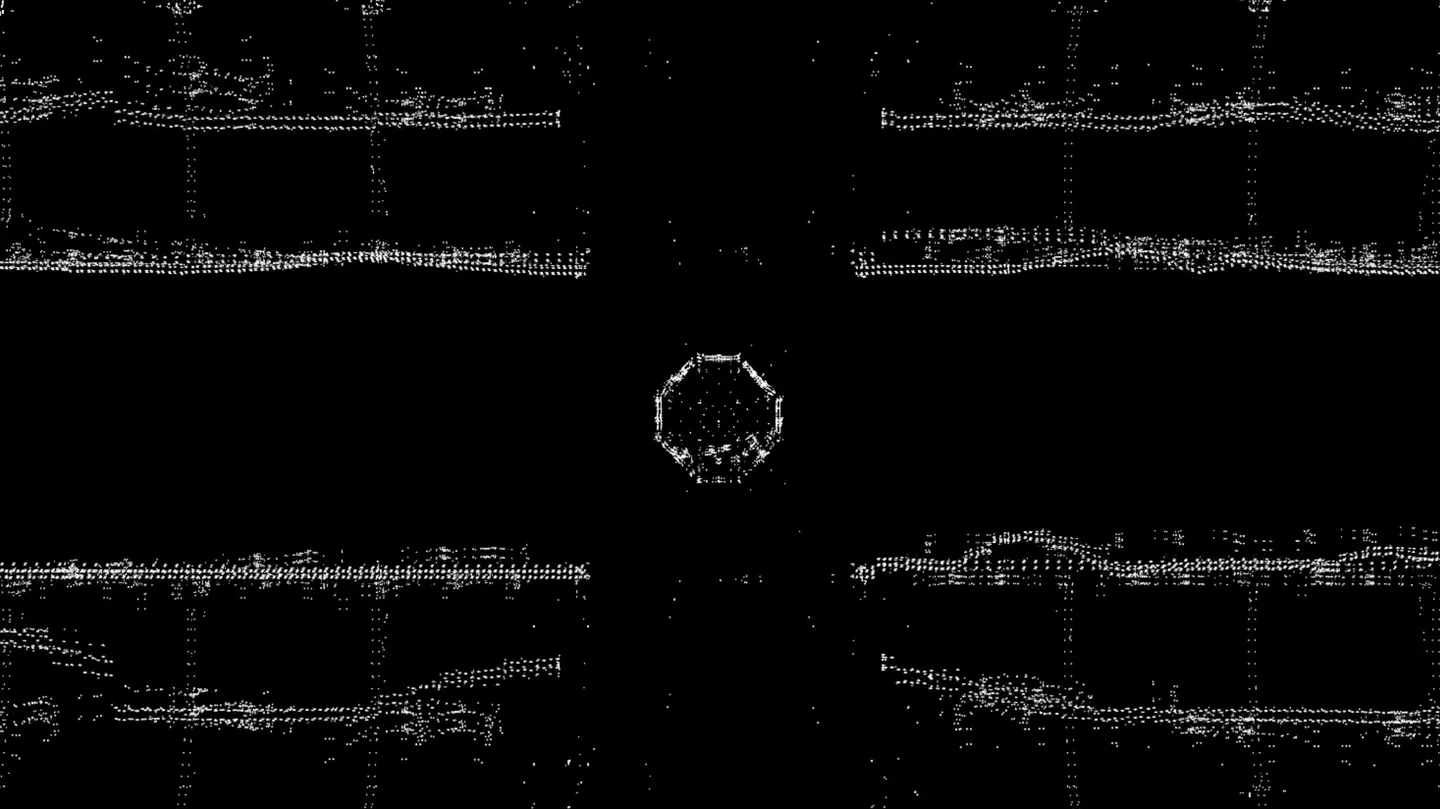
Invisible Cities
About artwork
Provenance
Tech info
About
These imaginary cities, from the past, the present and the future. Invisible Cities is an artistic installation around the theme of memory. More specifically, this piece investigates the notions of emptiness and absence in the shared social space the city represents. This piece is a personal testimony, echoing the work Le Città Invisibili by writer Italo Calvino, published in Turin in 1972. Invisible Cities portrays the Cathedral of Notre-Dame de Paris, built in the 12th century. With a surface area of 6,000 m2 and a height of 70m, the monument designated as a UNESCO World Heritage Site, testifies of a genuine technological achievement by the architects of the Middle Ages. As in the eponymous book, Les Villes Invisibles sets out a space where the visitor can "enter, walk around, perhaps get lost, but where, at one time or another, he must find a way out, or even several ways out". On 15 April 2019, a violent fire destroyed the spire and the entire roof protecting the nave, choir and transept of the gothic edifice. Invisible Cities draws on imaginary continents and brings back to the centre of the game, issues raised by techniques like photogrammetry (notably developing in cartography and archeology disciplines) that wonder over man's status in modern cities, as a place of history and desire.





















